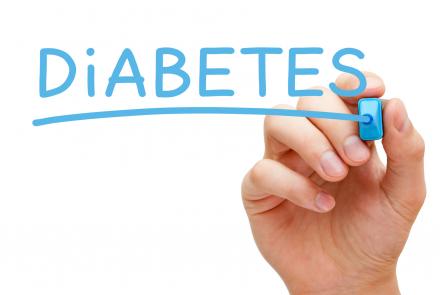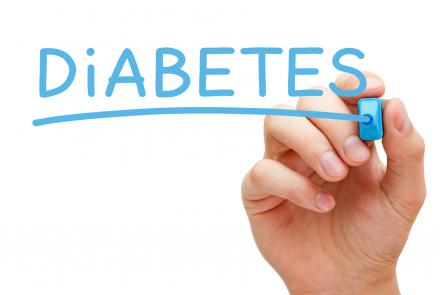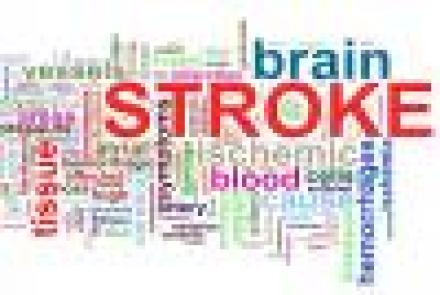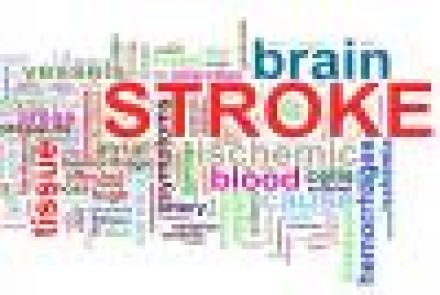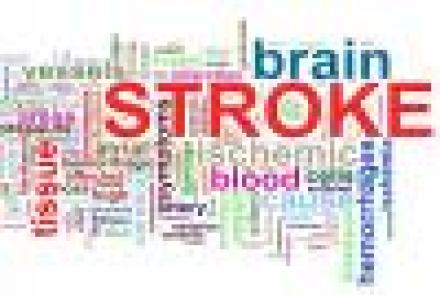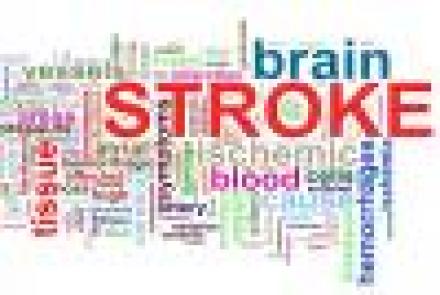Testing for diabetes is essential in identifying individuals with the condition or those at risk. Various tests are available to diagnose diabetes and assess blood sugar control. Here are some common tests for diabetes:
Fasting Plasma Glucose (FPG): This is a blood test that is done first thing in the morning. You have to fast for eight hours before the test. You are allowed to drink water.
If your fasting blood glucose is 100 mg/dL - 125 mg/dL you are considered Prediabetic.
If it is…
Latest Stories
- There are different types and stages of diabetes Prediabetes: is when your blood glucose levels are higher than normal but not high enough to be diabetes. Simply put, prediabetes puts you at risk of developing diabetes unless you change your lifestyle and bring down the amount of glucose in your blood. According to the Centers for Disease Control and Prevention (CDC), 15 to 30 per cent of prediabetics develop Type 2 Diabetes within five years if they do not change their lifestyle. But just…
- You could have no symptoms or you could have one or more of the following symptoms. These symptoms are common for both Type 1 Diabetes (earlier called Juvenile diabetes) and Type 2 Diabetes Mellitus. Increased thirst Frequent urination Blurred vision Extreme fatigue Weight loss Increased hunger Irritability Tingling or numbness in the hands or feet Frequent skin, bladder or gum infections Wounds that don't heal
- Are you at risk of developing diabetes? Yes if you are: 45 years of age or older Overweight with a BMI (Body mass index) of 25 or over. Is your waist measurement more than 35cm (for women) and 40cm (for men) Physically inactive Have a close relative with diabetes Have a history of gestational diabetes or delivering an overweight baby (> 9 pounds) Have polycystic ovary syndrome High triglycerides or low HDL (good) cholesterol Have had abnormal blood sugar tests in the past Have heart…
- In addition to Treatment and Rehabilitation, the following aspects are equally important Nutrition Eat like a Mediterranean (fresh fruits and vegetables, whole grain foods, lean meats and poultry, fatty fish once or twice a week) Cut fat intake Limit your alcohol consumption Limit salt intake. Exercise Make exercise a habit as soon as the doctor gives you the go-ahead. Exercise at least 30-40 minutes every day. Exercise will help you maintain an ideal weight and…
- The primary goal of treating stroke patients is to restore blood flow to the brain. The doctor will consider some of the following options: Medications that dissolve the blood clot. Surgical procedures that can open up or widen arteries - either in the carotid artery or in the brain, wherever the blockage is located. The carotid artery is located in the neck, supplying blood to the brain, neck and face. There are two carotid arteries, one on the right and one on the left. Once the…
- What tests do you need to have done? Stroke is a medical emergency, and anyone suspected of having a stroke should be taken to hospital immediately (delay affects rehab) so that tests can be done and the correct treatment provided as quickly as possible. Tests include: Physical examination and tests like a blood pressure test, blood tests to check cholesterol levels and blood sugar levels. Ultrasound - a wand waved over the neck can provide a picture that shows whether there is any…
- Different types of Stroke are: Thrombotic stroke: This kind of stroke occurs when blood flow to the brain is blocked by a blood clot in a blood vessel. Embolic stroke: This is caused when a travelling particle like fat, air, cancer cells or clump of bacteria in the blood stream blocks a blood vessel in the brain. Haemorrhagic stroke: This is caused by a breakage or rupture of a blood vessel in the brain leading to bleeding within the brain. Silent stroke: This does not have any…
- Here are some of the general symptoms noticed in a stroke: Sudden-onset face weakness Arm drift (ie, if a person, when asked to raise both arms, involuntarily lets one arm drift downwards) Abnormal speech Some symptoms depend upon the part of brain involved. If the brain stem (the part that joins the brain to the spine) is affected, it may result in the following: Altered smell, taste, hearing or vision (total or partial) Drooping of eyelid and weakness of eye muscles Decreased…


